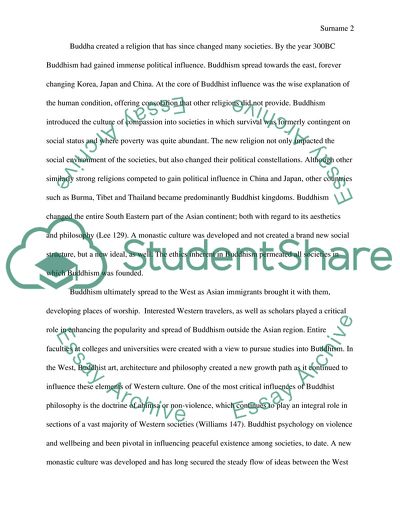Cite this document
(Buddhism Essay Example | Topics and Well Written Essays - 1250 words - 3, n.d.)
Buddhism Essay Example | Topics and Well Written Essays - 1250 words - 3. https://studentshare.org/religion-and-theology/1801593-buddhism
Buddhism Essay Example | Topics and Well Written Essays - 1250 words - 3. https://studentshare.org/religion-and-theology/1801593-buddhism
(Buddhism Essay Example | Topics and Well Written Essays - 1250 Words - 3)
Buddhism Essay Example | Topics and Well Written Essays - 1250 Words - 3. https://studentshare.org/religion-and-theology/1801593-buddhism.
Buddhism Essay Example | Topics and Well Written Essays - 1250 Words - 3. https://studentshare.org/religion-and-theology/1801593-buddhism.
“Buddhism Essay Example | Topics and Well Written Essays - 1250 Words - 3”. https://studentshare.org/religion-and-theology/1801593-buddhism.


